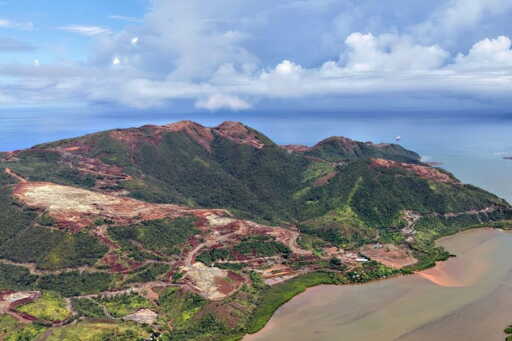MINDANAO, Philippines — Communities living near mining operations in the southern Philippines’ Caraga region are feeling the toll of the global energy transition, with nickel mining driving deforestation and pollution, according to a recent report. Climate Rights International (CRI), the U.S.-based NGO behind the report, highlighted harms to the environment, local livelihoods and public health linked to nickel mines. People have also been killed or harassed for speaking out against nickel mining projects in the area, the report said. The Philippines has consistently been ranked as one of the deadliest countries for land defenders. Caraga, on the island of Mindanao, is touted as the “mining capital of the Philippines,” with 26 operating metallic mines, 23 of them nickel — a key element in batteries for electric vehicles and energy storage technologies. “Harms to local communities and the environment are being driven by the individual and cumulative activities of nickel mining projects,” CRI said. The region’s nickel production is concentrated in the provinces of Dinagat Islands, which has 10 active mines, and Surigao del Sur, with six active mines. These mines cover 24,221 hectares (59,851 acres) in the Dinagat Islands and 17,614 hectares (43,525 acres) in Surigao del Sur. Because these mines operate in close proximity to each other, CRI says it’s difficult to attribute the negative impacts experienced by frontline communities to specific companies. But according to the group’s interviews with 57 residents and workers, San Roque Metals Inc. (SRMI), Oriental Vision Mining Philippines Corporation (OVMPC) and Libjo Mining Corporation…This article was originally published on Mongabay
From Conservation news via this RSS feed


